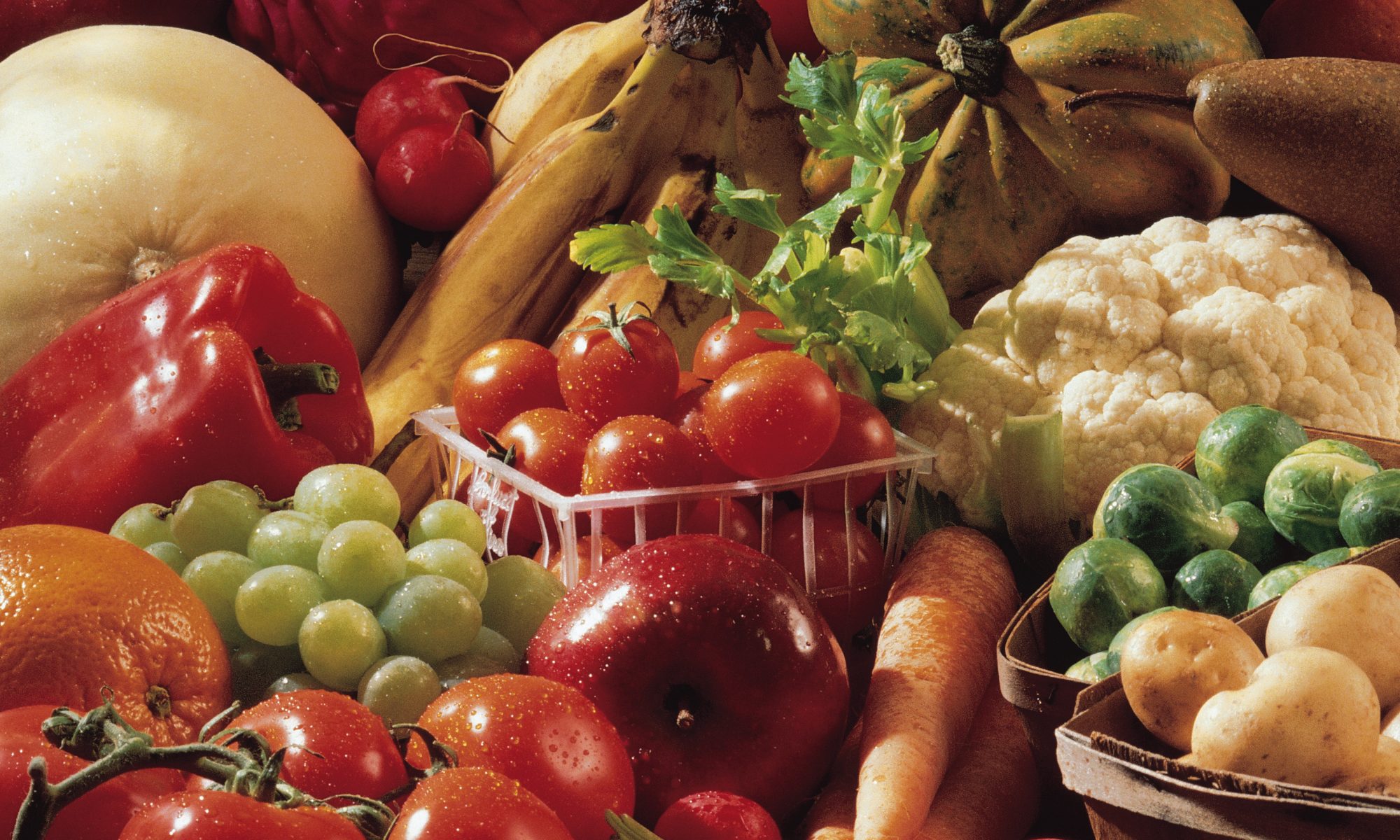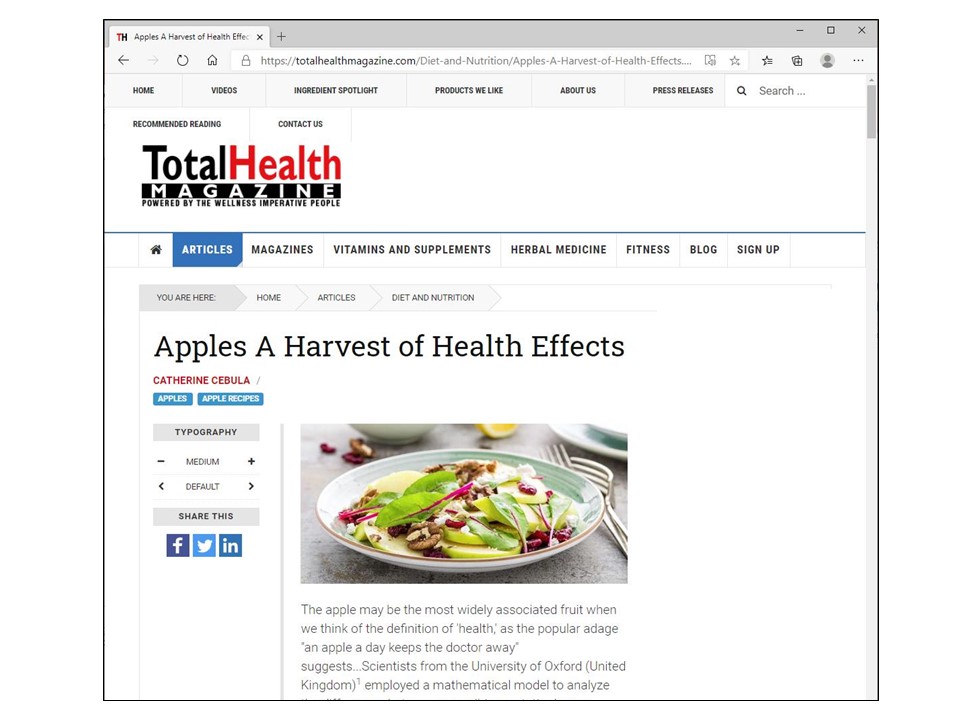True OR False: Veggies Pack Protective Protein
TRUE. Spanish researchers (Universidad Autónoma de Madrid and Idipaz)[1] analyzed data collected on nearly 2,000 men and women, ages 60 years and older who participated in the Seniors-ENRICA study and who were followed for up to 10 years. Dietary surveys determined that at the study’s start, the participants acquired an average 12% of their calories from animal protein (meats and dairy) and about 6% from vegetable sources (including legumes, nuts, whole grains, and root vegetables). Over the course of the follow-up period, whereas reductions in animal protein consumption did not appear to raise age-related health issues, the subjects who reduced the amount of vegetable-source protein experienced more age-related health issues. The researchers suggest that plant protein is preferable to animal protein in relation to potential protective effects for type-2 diabetes and cardiovascular disease, and remind that protein serves a protective role in aging.
True OR False: Dietary Micronutrients Help Ditch Disability
TRUE. Assessing data collected in The Irish Longitudinal Study on Ageing, involving over 4,000 Irish adults, ages 50 years and older, Trinity College (Ireland) scientists[2] warn that lower levels of specific dietary vitamins and antioxidants associate with frailty – an aging-related condition that is characterized by an overall decline in physical function and often corresponds to chronic disability. The team measured circulating (blood) levels of specific micronutrients and correlated the resulting data with the presence of frailty as determined by standardized assessments. Data analysis revealed that lower levels of lutein and zeaxanthin (antioxidants that are important in eye health and brain health), and vitamin D (involved in bone metabolism, muscle strength and mood) consistently associated with not only frailty but also earlier stages of ‘pre-frailty’ (a subclinical precursor of frailty). Low levels of B vitamins, which are essential to cellular processes such as DNA repair and energy metabolism, were associated with pre-frailty. Importantly, an accumulation of micronutrient insufficiencies – that is, having low levels of more than one micronutrient – was progressively associated with severity stages of frailty.
True OR False: Supercharge Your Salad
TRUE. Tomatoes and carrots are abundant in carotenoids – a fat-soluble type of antioxidant, and spinach is a good source of Vitamin A – a specific type of carotenoid. There is an abundance of scientific research[3] that concludes that adding a healthy fat to a salad boosts the bioavailability of micronutrients – particularly carotenoids – so they are better absorbed in the intestinal tract. Flavorful choices for a healthy fat can be: half of an avocado, a hard-boiled egg, or a vinaigrette dressing prepared with a plant- or seed-based unsaturated oil (avocado oil, grapeseed oil, or similar).
True OR False: Boiling Is Best
FALSE. When it comes to vegetables, avoid preparing them by boiling –a high-heat cooking method that can degrade many vitamins. As well, water-soluble vitamins and micronutrients will leach away into the hot water – which often is discarded down the sink drain. Consider instead sautéing or stir-frying your veggies, doing so in an unsaturated fat. Not only will this cooking method better preserve nutrients, it helps to retain the vibrant color and fresh texture of veggies.
True OR False: There Is Such a Thing as A Beneficial Break Down
TRUE. Broccoli contains sulfurophane – a compound that studies associate with cellular detoxification. Garlic contains allicin – for which studies suggest effects for lipids (cholesterol and triglycerides). In both of these vegetables, mechanical break down to release the active compound is necessary. Cut broccoli before using it in a recipe; and mince or chop fresh garlic as well.
[1] Ortolá R, Struijk EA, García-Esquinas E, Rodríguez-Artalejo F, Lopez-Garcia E. Changes in dietary intake of animal and vegetable protein and unhealthy aging. Am J Med. 2019 Jul 29. pii: S0002-9343(19)30602-3.
[2] O’Halloran AM, Laird EJ, Feeney J, Healy M, Moran R, Beatty S, Nolan JM, Molloy AM, Kenny RA. Circulating Micronutrient Biomarkers Are Associated With 3 Measures of Frailty: Evidence From the Irish Longitudinal Study on Ageing. J Am Med Dir Assoc. 2019 Aug 7. pii: S1525-8610(19)30497-9.
[3]Brown MJ, Ferruzzi MG, Nguyen ML, Cooper DA, Eldridge AL, Schwartz SJ, White WS. Carotenoid bioavailability is higher from salads ingested with full-fat than with fat-reduced salad dressings as measured with electrochemical detection. Am J Clin Nutr. 2004 Aug;80(2):396-403.














